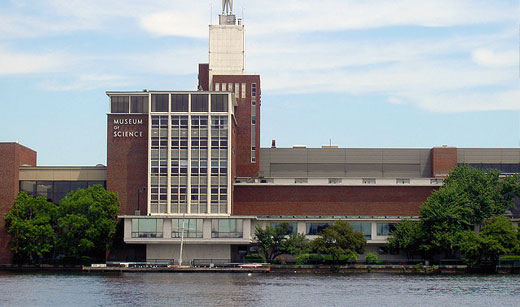Catching the Wind:
How do wind turbines generate electricity? Wind turbines catch the energy of the wind and change it into a form we can use. As the wind turns a turbine’s blades, the machinery inside the machine coverts the energy into electricity.
What factors need to be considered when selecting and siting them? The decision to install a wind turbine is generally based on a location’s wind speed and duration over the course of a year. Other factors include how much energy a wind turbine is capable of generating, efficiency, cost, the time it will take for the turbine to return a profit, how wildlife will be affected, and acceptance by the community.
What are the tradeoffs?
Renewable:
Wind- Wind is only available at certain times and in certain parts of the country, often times in areas far from large amounts of energy consumption. Also, an efficient method of storing excess energy produced by windmills has not been invented.
Solar- Solar energy is only available for half of the day and can be lessened with weather conditions. Also, the technology for solar panels is expensive.
Hydropower- Dams can negatively affect the ecosystems in the water and can also potentially contribute to the pollution of the surrounding water.
Biomass- The tradeoffs for biomass include that it is expensive, it is not as efficient as fossil fuels, and it creates methane gas when burned which is harmful to the environment.
Non-renewable:
Coal- Burning coal emits harmful waste such as carbon dioxide, sulphur dioxide, nitrogen oxides, sulphuric acids, arsenic and ash into the air, acid rain, mining can negatively affect the ecosystem, miners and employees can suffer from coal related health issues, and there is a limited amount of coal to be used.
Nuclear Power- Radioactive wastes are produced and either have to be recycled or disposed of safely, safety of nuclear power and weapons use, limited amount of uranium, and nuclear accidents are tradeoffs to consider.
Natural Gas- Natural gas use produces greenhouse gas emissions, it is toxic and flammable, not as efficient as gasoline for transportation, and its supply is also limited.
Conserve @ Home:
Changes to make to energy “budget”-
>buying a car that gets 30.7 mpg vs 20 = 13.5% savings
>carpool to work = 4.2% savings
>install more efficient furnace = 2.9% savings
>lower winter thermostat = 2.8%
>replace single pane windows with more efficient ones = 2.8%
>lower highway speed from 70 mph to 60 mph = 2.4% savings
>buy low rolling resistance tires = 1.5% savings
>reduce washing machine temp. = 1.2% savings
>line dry clothing for 5 months of year = 1.1% savings
What’s a watt? The hair dryer used considerable more energy (1000 watts) versus the mixer (250 watts).
Energized: I went through all the interactive exhibits and found the solar energy ones to be intriguing. It was interesting to see the reading on the solar panel change depending on where you put it representing different times of day.
Investigate!: This exhibit went over the four steps of an at-home investigation- Ask a question. Make a guess. Check it out. Investigate further.
References:
1. Conserve Energy Future
http://www.conserve-energy-future.com/Advantages_Disadvantages_BiomassEnergy.php
2. Fossil Fuel
http://fossil-fuel.co.uk/coal/the-disadvantages-of-coal
3. Museum of Science
http://www.mos.org/


